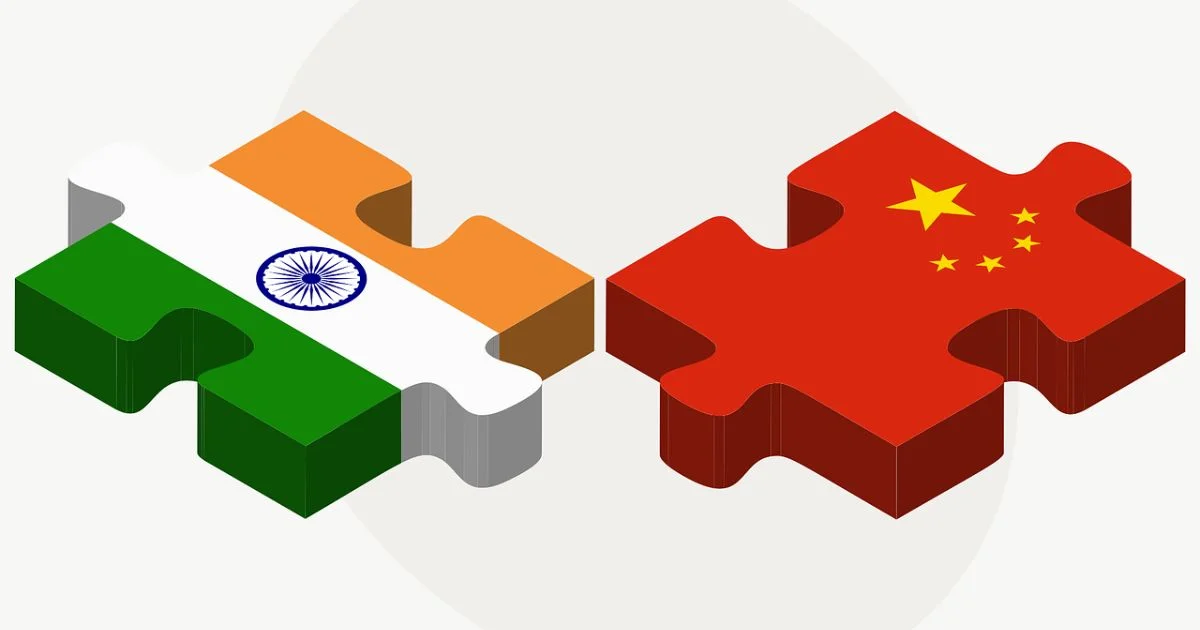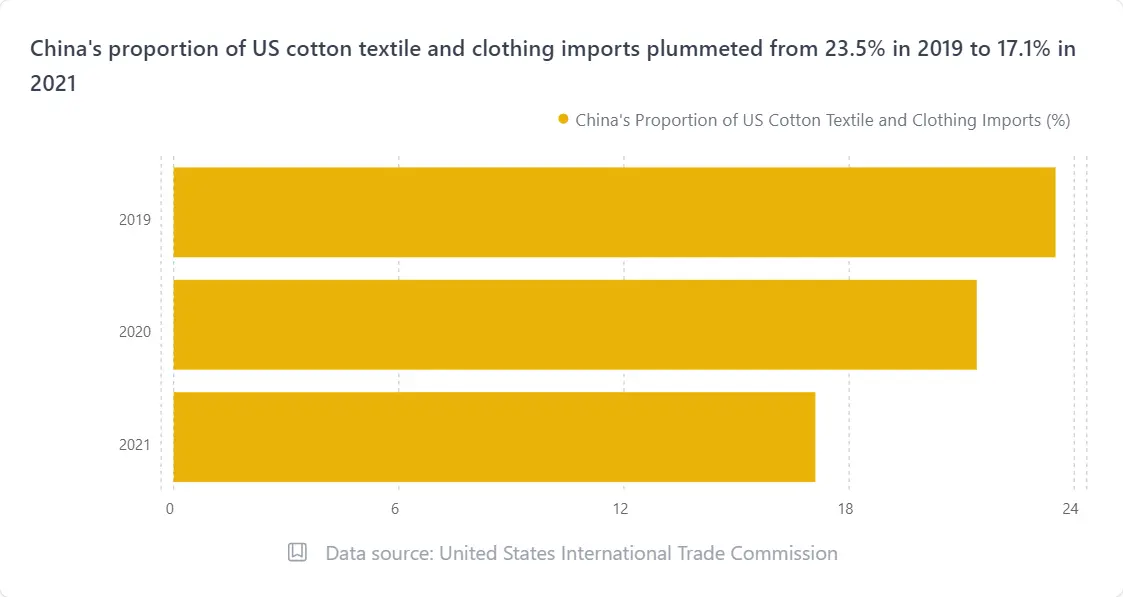

The ongoing scenario of the global textile industry is constantly evolving, with trade relations between countries playing a significant role in shaping its trajectory. China, being one of the fastest-growing economies, generates considerable revenue through its textile industry, which contributes to its overall growth. Few nations can match China's level of dominance in the global textile market.
India, on the other hand, emerges as a highly competitive market in the textile industry. With significant exports of silk and jute, the textile sector plays a pivotal role in India's economic growth. The Indian textile industry shares a unique and diplomatic relationship with China, as both countries contribute to the global textile landscape.
Currently, the Chinese textile industry is more advanced than its Indian counterpart. However, India is steadily making progress towards reaching the same level of global recognition and influence. While political relationships between countries generally do not significantly impact trade relations, they can still have some effect. In terms of technology, Chinese textile products find a large market in India, while India serves as a source of raw materials. Political tensions and unresolved border issues between India and China complicate nation’s trade dynamics.
Furthermore, the political relations between Pakistan and China have been strengthening, leading to increased trade, with an annual growth rate of 10% in textile exports from Pakistan to China. This collaboration contributes to the overall dynamics of the textile industry in the region.
The economists suggest China is entering that stage of development where its textile production is steadily decreasing. Media reports reveal that China is only focusing on manufacturing high-value items like textile machinery and gaining an edge over the rest as value products may not hold the same interest.

China's share of cotton apparel imports fell from first to second place, with Vietnam moving up to become the second-largest provider. Vietnam, Bangladesh, and India have overtaken China's 15.3% share of imported US cotton textiles and clothing. Vietnam came in second.
India and China are two of the fastest-growing economies in the world. The political as well as trade relations between India and China affect the buying and selling decisions of many textile trades all over the world to a certain extent. They are competitors but the two have a cordial trade relationship. Each of them may find growth without each other, one cannot tell which of the two is dependent on the other but they have their own individual role to play in the global textile industry.
In conclusion, the rivalry between India and China in the textile industry has sparked a new wave of strategic thinking known as the "China Plus One" strategy. India has embraced the China Plus One strategy by positioning itself as a rising manufacturing hub. With abundant skilled labor, raw materials, and supportive government policies, India attracts international investors seeking production diversification. Additionally, technological advancements in automation and digitalization enhance production efficiency and quality. India's focus on sustainable practices and diverse product range, including traditional hand-woven textiles, further differentiates it as a responsible sourcing option. By capitalizing on these strengths, India solidifies its position as a key player in the global textile industry, offering a compelling alternative to China.